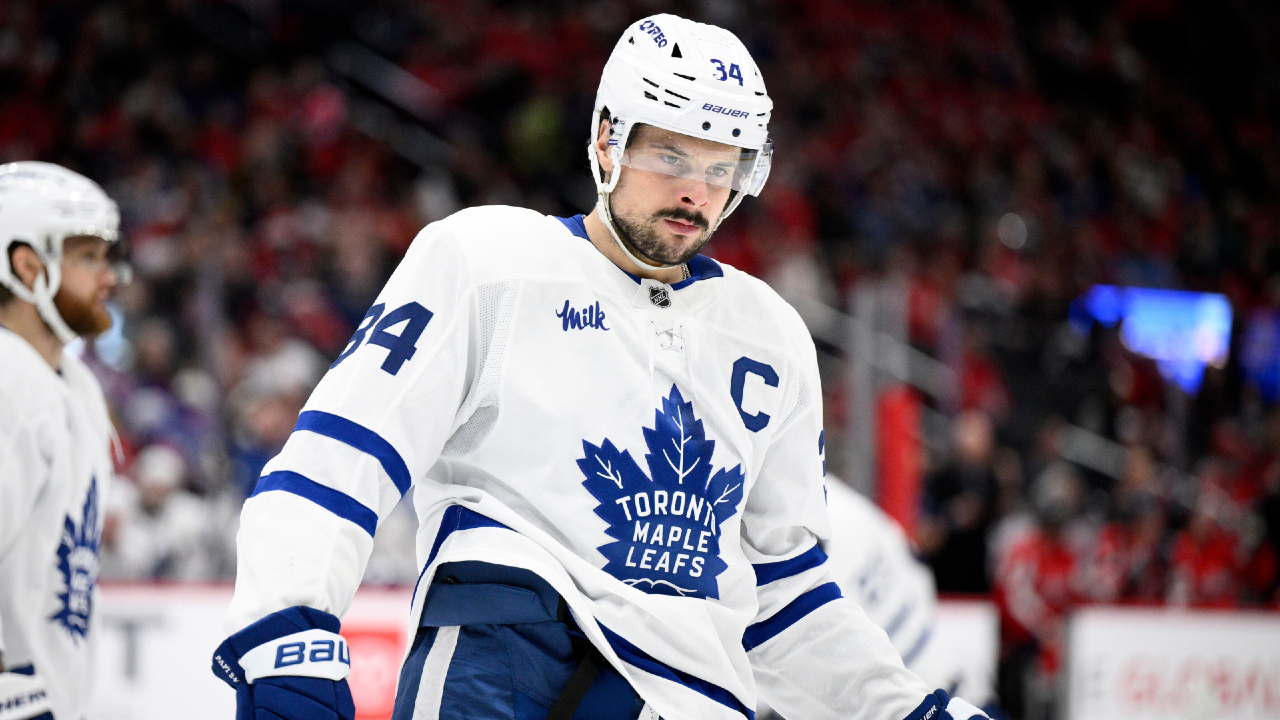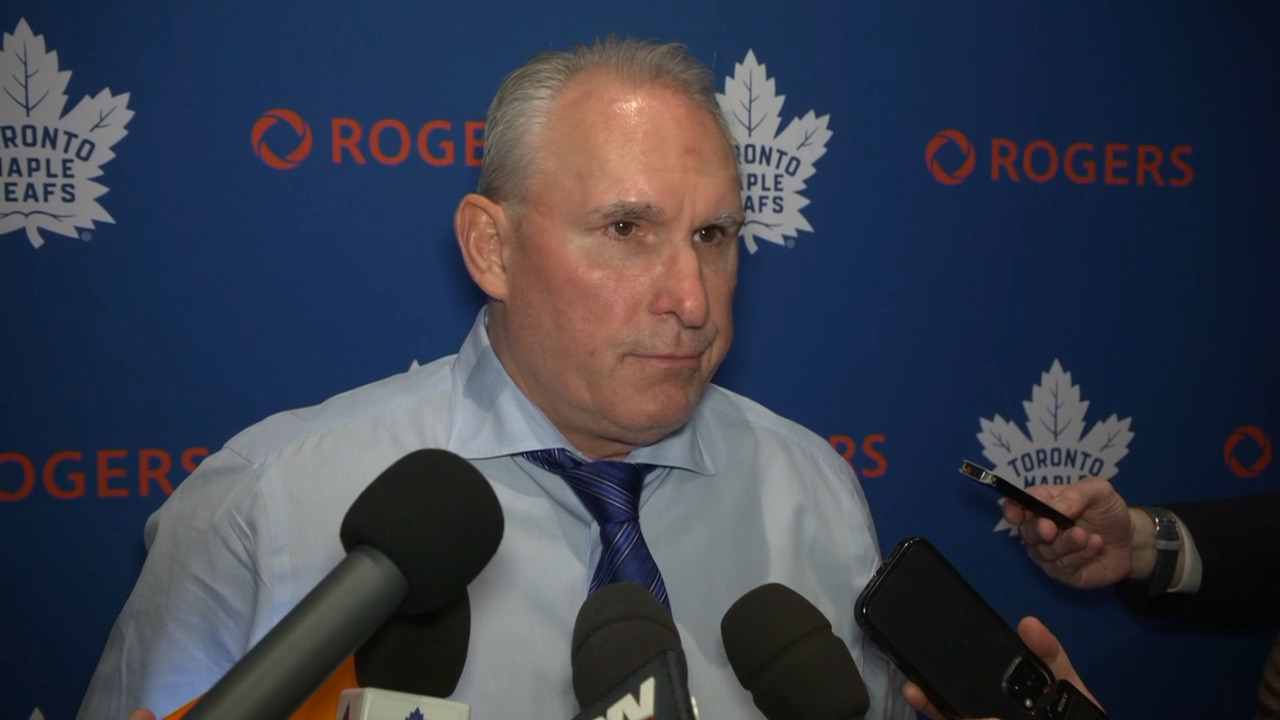
The calm between players arriving at spring training and actual games being played offers the perfect time for prognostication.
Although there are still a few notable free agents out there — and the trade market never completely hibernates — at this time of year fans, analysts, and front office types spend a long time looking at a list of names and wondering, “Is this there enough here?”
In the Toronto Blue Jays‘ case, projection systems have them right in the playoff mix, with FanGraphs’ playoff odds model projecting 87.2 wins and playoff odds over 50 percent PECOTA’s model seeing a more modest 84.7 victories in the tea leaves of its algorithm. Although these totals seem reasonable, it’s important to remember that they aren’t infallible. They are logically-sound predictions, based on excellent information – weighed by people who know what they’re doing – but there are a few players, and as a result, teams, they have a harder time pinning down than others.
Before any of the Blue Jays’ projections take root as firm expectations, it’s worth singling out a few players who these systems may not have sized up correctly. For the purposes of this article we’re going to use FanGraphs’ “Depth Charts” numbers because they are an even blend of two projection systems — ZiPS and Steamer.
Likely underestimated by projections
Projection: 10.14 K/9, 3.40 BB/9, 1.40 HR/9 with a 4.10 ERA and 4.29 FIP for 0.5 WAR
What the projection is missing: Substantial improvements in his stuff and an odd career path
What it’s fair to expect: Romano’s 2020 season ended with a finger injury, but he says he’s healthy now and as long as that’s the case he looks like a power arm worthy of high-leverage work instead of the average middle reliever he’s projected to be.
Early last season it was apparent that his stuff took a significant step forward, which included a two mph bump in his velocity. That means that his 2020 numbers seem more reflective of his true talent than what he’s done previously.
From a statistical standpoint, most of his track record comes as a minor-league starter, a role in which he was fine rather than outstanding and often old for his level. The right-hander only dedicated himself to relief in 2019, and while he didn’t excel that season — at the triple-A or MLB level — he showed off the bat-missing ability that should keep him thriving as a power arm out of the bullpen.
In Romano’s short major-league career he has posted a K/9 of 12.60, and it doesn’t seem likely that’s going to drop significantly in 2021 as the projection systems seem to believe. As long as he keeps the walks within reason, Romano should be the intimidating late-inning presence he was for the Blue Jays in 2020.
George Springer
Projection: .272/.359/.497 with 31 home runs for 4.1 WAR
What the projection could be missing: The extent of his mid-career renaissance
What it’s fair to expect: If Springer hits that projection on the nose neither he nor the Blue Jays would be devastated. That doesn’t mean it’s not worth banging the ‘over’ on those numbers. The .272/.359/.497 line is almost identical to Springer’s career mark of .270/.361/.491, but the centre fielder isn’t the same hitter now that he’s been for much of his career.
This projection has Springer as a 126 wRC+ hitter, but he’s been above 140 in three of the past four seasons, and his power has steadily improved.

Data via FanGraphs
At the same time, Springer has done an outstanding job of bringing down his strikeout rate — even as the league-wide average surged.

Data via FanGraphs
In his first three seasons, Springer posted a strikeout rate well above average every year and never slugged more than .468. He’s simply not that guy anymore. If we shorten up his track record to just the past four years, he’s a 135 wRC+ hitter — and in the last two that number jumps to 154.
The 31-year-old has tangibly improved at the plate, and while he may not be a top-10 hitter next season, it seems unlikely he’ll revert back to the same wRC+ he posted in 2016.
Likely overestimated by projections
Projection: 11.70 K/9, 4.73 BB/9, 1.49 HR/9 with a 4.36 ERA and 4.45 FIP for 2.5 WAR
What the projection could be missing: The extent of his 2020 disaster and contact management concerns
What it’s fair to expect: The strangest thing about Ray’s projection is that it seems to assume that the southpaw will simply pick up where he left off in 2019.

In 2020, Ray pitched 51.2 innings of -0.4 WAR ball, and while it’s possible that it was a pure aberration, there probably needs to be more downside baked into his projection in case it wasn’t.
Although the veteran pitched better after he came to Toronto, he still posted a 6.10 BB/9 in a Blue Jays uniform and it’s no sure thing that he’ll get his control back. To give you a sense of context, if Ray repeated the same walk rate he posted with the Blue Jays in 2021, it’d be the eighth-highest among 4,899 qualified starter seasons since 1960. If he matched his 2020 rate including his work with the Diamondbacks, it would be first — by almost a full walk per inning.
Ray is almost certain to see his control improve, but the extent of his wildness last year shouldn’t be forgotten. Neither should the quality of contact opponents managed against him.

Data via Baseball Savant
In 2020, no pitcher with 100 batted balls against allowed a higher barrel rate (13.1 percent). The top hitter by barrel percentage (Fernando Tatis Jr.) also fell short of that mark at 12.5 percent.
We’re looking at small samples here, and it makes sense to assume that Ray will be closer to his 2019 self than what we saw in 2020. Even so, his performance last year was rough enough that a full bounce back — while within reach — doesn’t seem like a reasonable expectation.
Projection: .272/.339/.447 with 7 home runs for 0.9 WAR
What the projection could be missing: The weight of history
What it’s fair to expect: To be absolutely clear, Kirk’s inclusion here is not an indictment on his potential or even a prediction that he’ll fall below 0.9 WAR, because that mark is achievable depending on how much MLB time he gets. The batting line in this projection, however, is a lofty aspiration for any hitter who has just 25 plate appearances above the high-A level.
Although Kirk mashed in the low minors, and looked great in his 2020 cameo, expecting him to be a firmly above-average MLB hitter (108 wRC+) with so little experience is tough.
For reference, just 40 rookie catchers aged 22 or younger have accumulated 200 or more plate appearances as rookies since 1950 (the Depth Charts projection pegs Kirk for 235). That shows even earning significant playing time in 2021 would be a huge accomplishment for the Mexican rookie.
Of that group of 40, only nine have managed a wRC+ of 108 or better. That group of names is as follows:
Kyle Schwarber (131) — Played the vast majority of his time as an outfielder that season, and since. Not a good comp.
Darrell Porter (130) — Four-time all-star with 40.8 career WAR. “Hall of Very Good” type.
Earl Williams (123) — Rookie of the Year in 1971. Had a four-year stretch as an above-average starter and finished his career with 10.8 WAR.
Johnny Bench (115) — Likely the best catcher of all time. Inner-circle Hall of Fame with 74.8 career WAR. A 14-time all-star and two-time MVP.
Butch Wynegar (113) — Two-time all-star who carved out a 13-year MLB career that was good for 27.2 WAR
Gary Carter (113) — One of the best catchers ever. Made 11 all-star teams and finished with 69.8 career WAR. Surefire Hall of Famer.
Rich Gedman (109) — Two-time all-star who played 13 MLB seasons. One of the game’s best catchers from 1984-1986, but primarily a backup for most of his career. Ended with 12.2 career WAR.
Benito Santiago (109) — Five-time all-star who was an above-average starter for much of his career and accumulated 28.7 WAR. Last 20 years in the majors.
Joe Mauer (108) — Six-time all-star and a probable Hall of Famer. The best catcher of his era.
That is unbelievable company. Anyone who did what Kirk is projected to do in 2021 went on to have an outstanding career. That doesn’t mean he can’t join this group, it just puts that accomplishment into perspective.
With his quick bat, knack for contact, and line-drive power, Kirk might get there. If he does, that would be an excellent sign for his future — but it should probably be viewed as more of a stretch goal than a likely outcome.




